Betony (Betonica officinalis) is a hardy perennial herb belonging to the mint family (Lamiaceae). Native to Europe, northwestern Africa, the Caucasus, and Siberia, this versatile plant thrives in diverse landscapes. Recognized for its distinctive purple blooms, betony has long held a place in folklore due to its reputed protective properties. It was believed to ward off negative forces, from sorcery and nightmares to mischievous spirits. Historically, betony was even a common sight in church gardens, where it was planted to create a sense of peace and protection.
This resilient plant’s rich history, combined with its ornamental charm and easy care, makes it a popular choice among gardeners seeking both beauty and tradition.
| Common name | Betony, Bishop’s Wort, Common Hedgenettle, Lousewort, Purple Betony, Stachys officinalis, Wood Betony |
| Botanical name | Betonica officinalis |
| Family | Lamiaceae |
| Species | officinalis |
| Origin | Europe, northwestern Africa, Caucasus, and Siberia |
| Life cycle | Perennial |
| Plant type | Edible |
| Hardiness zone | 4, 5, 6, 7, 8 |
| Sunlight | Full Sun |
| Maintenance | Low |
| Soil condition | Clay |
| Soil ph | Acid |
| Drainage | Well-Drained |
| Growth rate | Slow |
| Spacing | 12 in. – 3 ft. |
| Harvest time | Fall |
| Flowering period | Fall |
| Height | 1 ft. 6 in. – 2 ft. |
| Flower color | Lavender, Purple |
| Leaf color | Green |
| Fruit color | Brown, Copper |
| Stem color | Green |
| Fruit type | Schizocarp |
| Leaf benefit | Edible |
| Flower benefit | Long Bloom Season |
| Garden style | Butterfly Garden |
| Uses | Container |
I. Appearance and Characteristics
Betonica officinalis (syn. Stachys officinalis), commonly known as common hedgenettle, betony, purple betony, wood betony, bishopwort, or bishop’s wort, is a species of flowering plant in the mint family Lamiaceae, native to Europe, western Asia, and northern Africa.
It is commonly known as Stachys officinalis, the word stachys coming from the Greek, meaning “an ear of grain,” and refers to the fact that the inflorescence is often a spike.
The Latin specific epithet officinalis refers to plants which had a culinary or medicinal use.
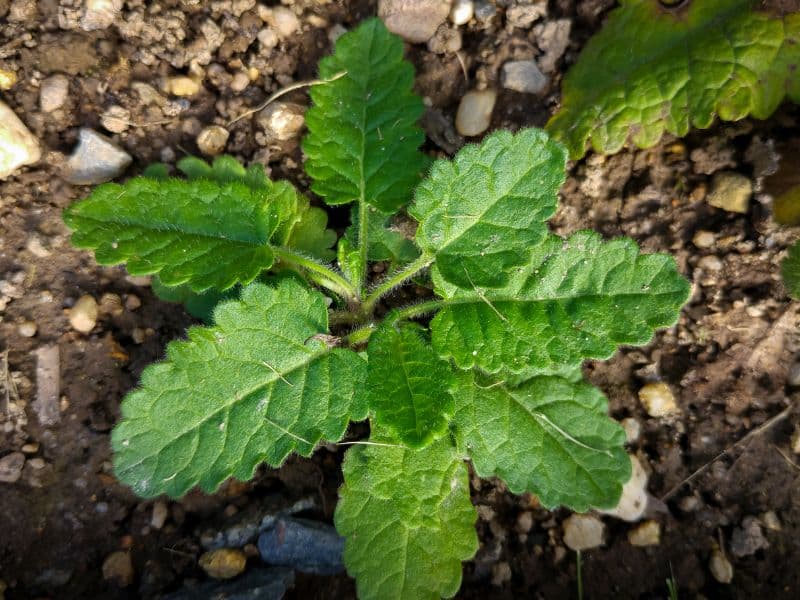
Betonica officinalis is a rhizotomous, patch-forming, grassland herbaceous perennial growing to 30–60 cm (12–24 in) tall. Its leaves are stalked on upright stems, narrowly oval, with a heart-shaped base, with a somewhat wrinkled texture and toothed margins. The calyx is 5–7 mm long, with 5 teeth, edged with bristles. The corolla 1–1.5 cm long. Its upper lip flat, almost straight when seen from the side.
The anthers stick straight out. It flowers in mid summer from July to September, and is found in dry grassland, meadows and open woods in most of Europe, western Asia and North Africa. In the British Isles it is common in England and Wales, but rare in Ireland and northern Scotland.
The aerial parts contain phenylethanoid glycosides betonyosides A-F, acetoside, acetoside isomer, campneosides II, forsythoside B, and leucosceptoside B. The roots contain the diterpene glycosides betonicosides A-D and the diterpene betonicolide.
II. How to Grow and Care
Sunlight
Betony flourishes optimally under full sun, where it can bask in the intensity and duration of unfiltered light throughout the day. However, betony is also amenable to partial sun, adjusting to a light regime where direct exposure is interspersed with periods of shade. In less than ideal light, betony’s growth may be stunted, with potential ramifications for its health and flowering capability.
Outdoor cultivation should prioritize sunny spots with ample light, although betony can cope with light dappled through open canopies. The plant showcases adaptability through leaf morphology, which can optimize light absorption under varying conditions.
Watering
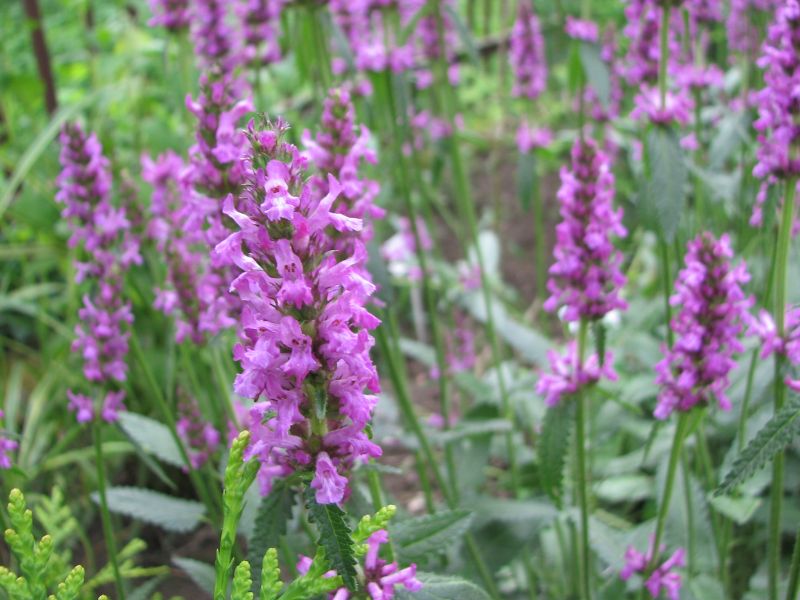
Native to damp grasslands, betony thrives in environments that mimic its natural habitat’s moisture levels. This perennial is drought-resistant but prefers consistent soil moisture without waterlogging. Watering should be done once every week to maintain optimal hydration. Indoors, betony benefits from moderate humidity and well-draining soil, ensuring a balance between moisture retention and drainage for healthy growth. As an herb known for its resilience, betony often prospers with the additional support of mulching to preserve soil moisture.
Soil
Betony needs soil that’s rich in organic matter. The earth also needs to be loamy and well-draining.
Soil can be acid, neutral or alkaline – betony isn’t fussy. I’ve even managed to grow betony in clay soil, though it was a little stunted.
Fertilizing
For betony, fertilize with a balanced nutrition fertilizer, suitable for flowering perennials. Apply in early spring as growth resumes and again mid-summer to support vigor and bloom. Optimal frequency is twice per growing season, using manufacturer’s recommended dose. Fertilization enhances betony’s health and floral display, adjusting for reduced application during dormancy. Avoid over-fertilization to prevent growth at the expense of flowers. Use granular or liquid forms, following safety instructions to protect betony’s roots and surrounding environment.
Planting Instructions
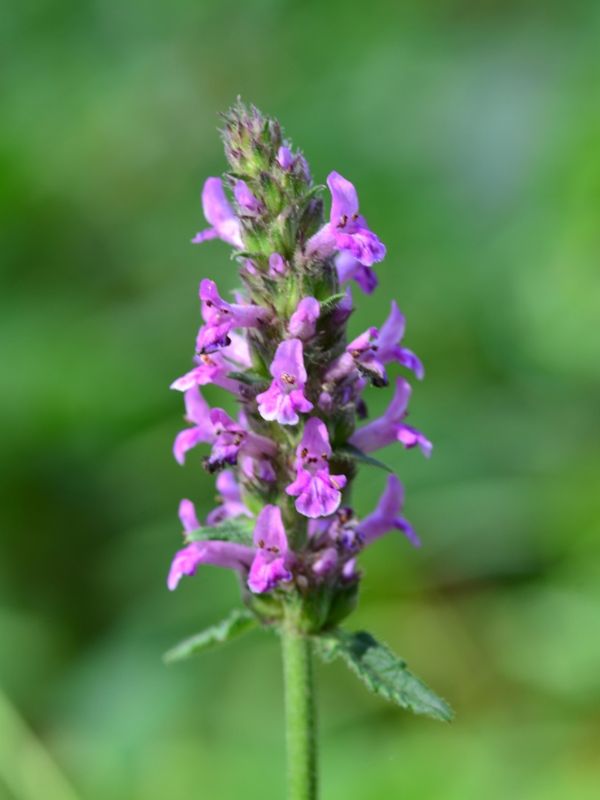
Betony should be planted in early fall or late summer. Germination is often improved with a cooler winter, providing an extended floral display the next summer, so if you live in an area with warmer winters, plant it in late winter.
- Container Planting
Betony grows well in containers as long as you use a good quality potting mix and feed the plant regularly. Betony blooms for quite a few months so it needs to be well fed to maintain its color and vitality. Once planted, water well, but don’t soak the potting mix. Try not to allow the container to dry out.
- Germinating Seeds
You can sow betony directly into the garden.
Plant two seeds in a small pot. Use a good quality seed raising mix, not soil. Spray the mix to keep it moist and place in the fridge for three weeks.
Don’t let the seed raising mix dry out. Check the pots regularly and mist if necessary, but don’t soak the pots or the seeds may rot.
Two weeks after stratification, germination should be completed and you can remove the pots from the fridge and place in a warmer area of the house until you’re ready to plant it in a permanent home.
- Spacing
Betony is quite compact, so group multiple plants to maximize the visual impact. Place plants 12 to 18 inches apart. Betony can grow from anywhere between 9 inches and 3 feet tall.
Pruning
You don’t need to prune betony. Even when the flowers begin to fall it will hold its shape and provide structure in the garden landscape. It benefits from deadheading, however.
Betony self-seeds. It’s not prolific, but more plants will appear each year. It might take two to three years, but betony will reach critical mass and need dividing. Dig up a clump, split the plant and replant one half.
Transplanting
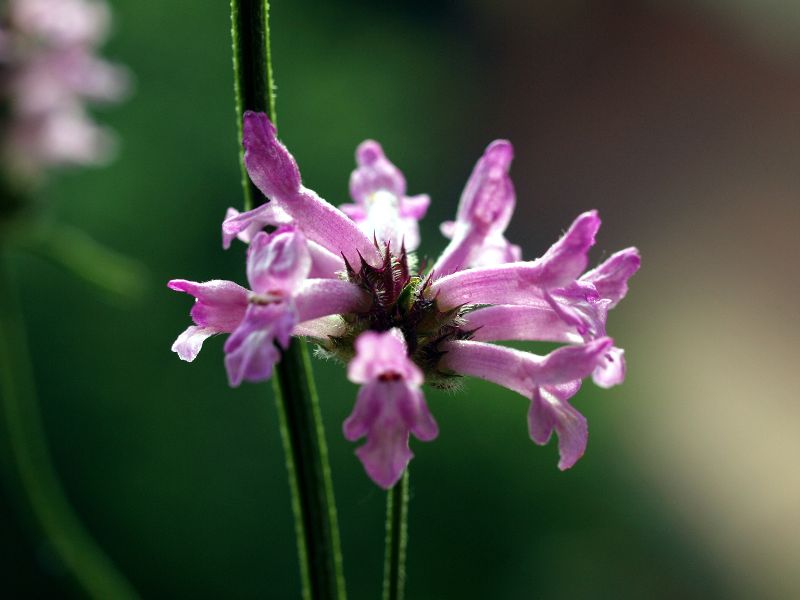
The perfect time for transplanting betony is between late spring and summer. This is its optimal growth period allowing stress-free acclimatization. Choose a partially shaded location for betony, ensuring its root ball is damp before moving. Remember, a gentle touch ensures successful transplantation.
Pests and Diseases
Betony is one of the most pest-resistant herbs I’ve grown and I’ve had few issues. Still, you’ll want to watch out for a few things.
Slugs and Snails
Is there any plant that slugs and snails don’t eat? If their population gets too big, snails and slugs can decimate plants overnight. Lay down slug pellets, and go out at night to handpick the little pests and squash them.
Downy Mildew
Sometimes called downy mold, this disease is common in humid areas. It can attack any plant, but I’ve found betony to be particularly susceptible.
Downey mildew grows on and in the leaves, resulting in yellowing spots. It lives off the plant’s water supply. Neem oil is the only thing I use for downy mildew and it works well. You’ll also want to keep plants staked and well-spaced if you struggle with mildew.
Whiteflies
Probably one of the most prolific bugs in the garden. Use neem oil to prevent the flies from laying eggs on the leaves.
III. Uses and Benefits
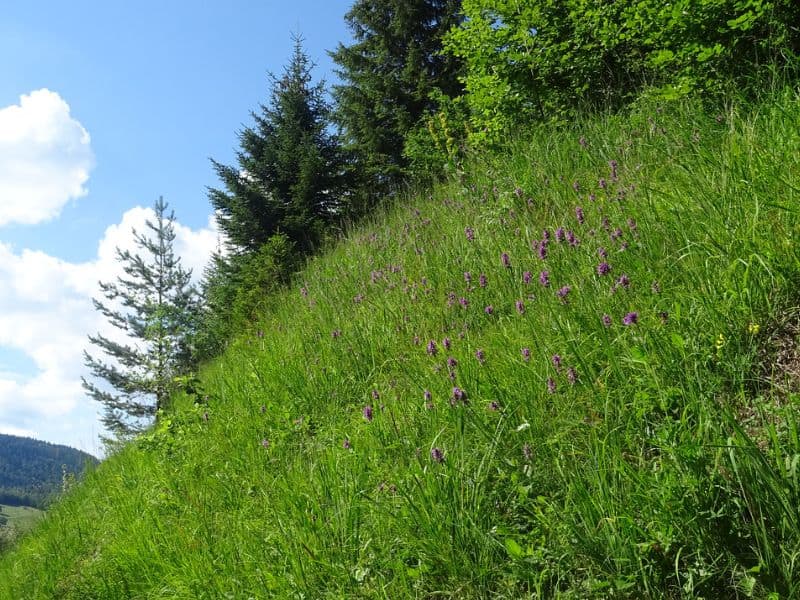
- Ornamental uses
Betony has a long tradition of planting in herbal gardens. It also thrives in open meadows and grassland locations where the attractive and lightly scented flowers rise above the lower-growing base of leaves, adding delightful color to the landscape from mid-summer into early fall.
- Medicinal uses
You can harvest the whole top of the plant – leaving about three inches – and it will regrow. Or you can harvest the leaves to use as a tea or infusion. Harvest before the bloom in summer if using the leaves for tea.
You can use the leaves, flowers, and stalks of the plant either dried or fresh. Use dried betony on its own or add it to other dried herbs to use as a tonic and refresher.
Some evidence suggests that betony is good for migraines and anxiety. Betony flowers are also gorgeous in dried flower arrangements.
Whether you’re growing betony to use as a tea, for cut flowers or simply as an attractive, colorful herb in the garden, you’ll find it simple to grow, not fussy and hardy as can be.
Find Where to Buy the Best Betony (Betonica officinalis)

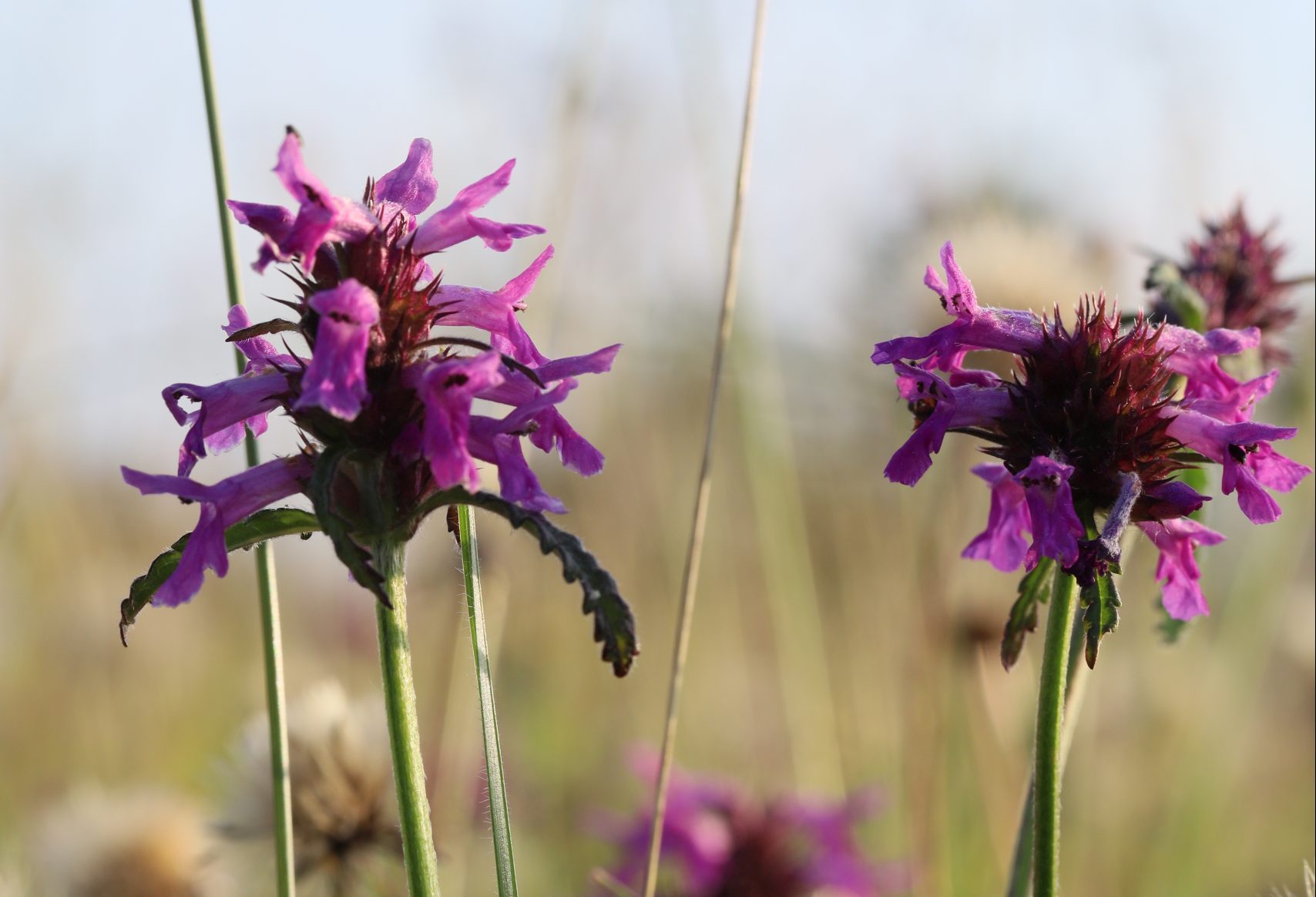

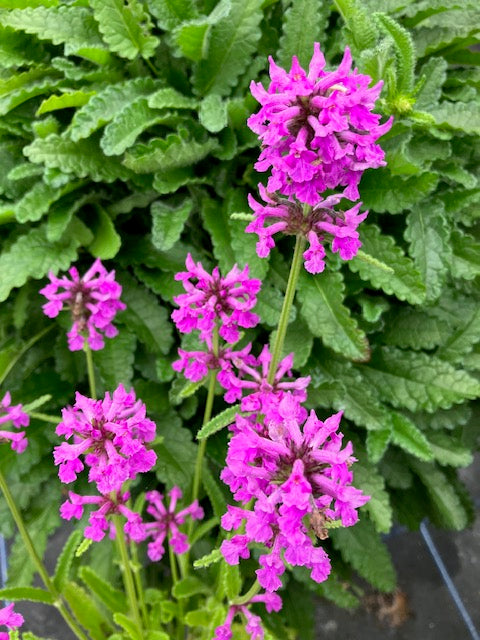

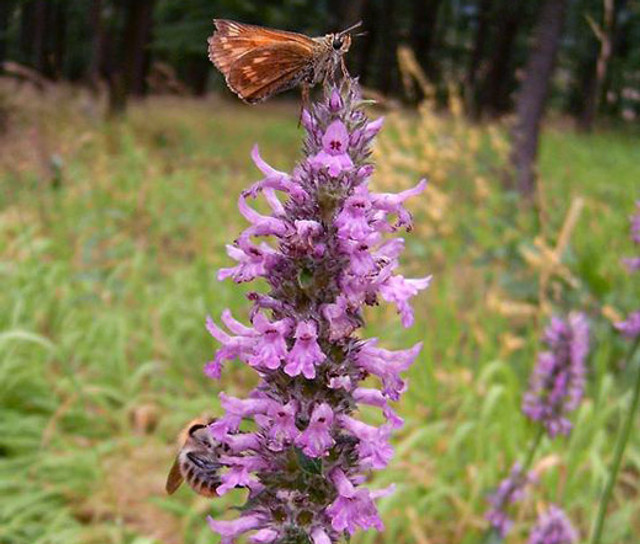




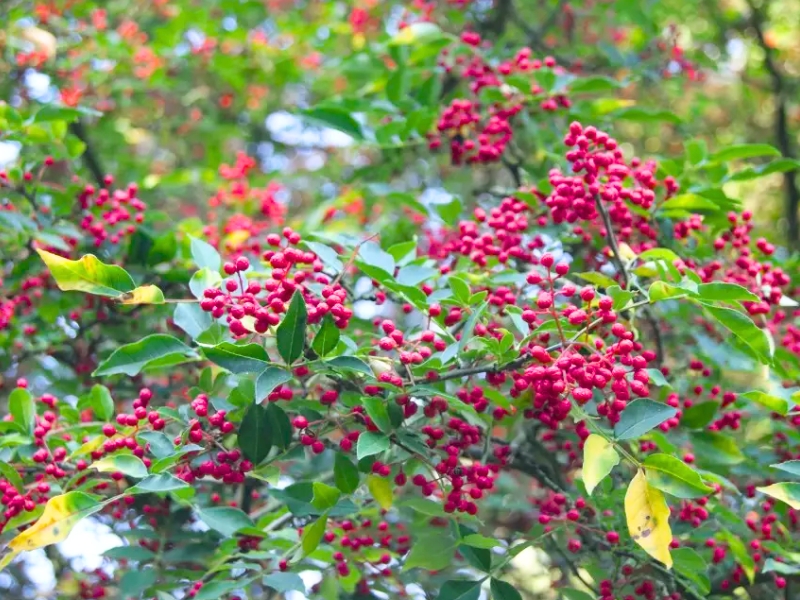
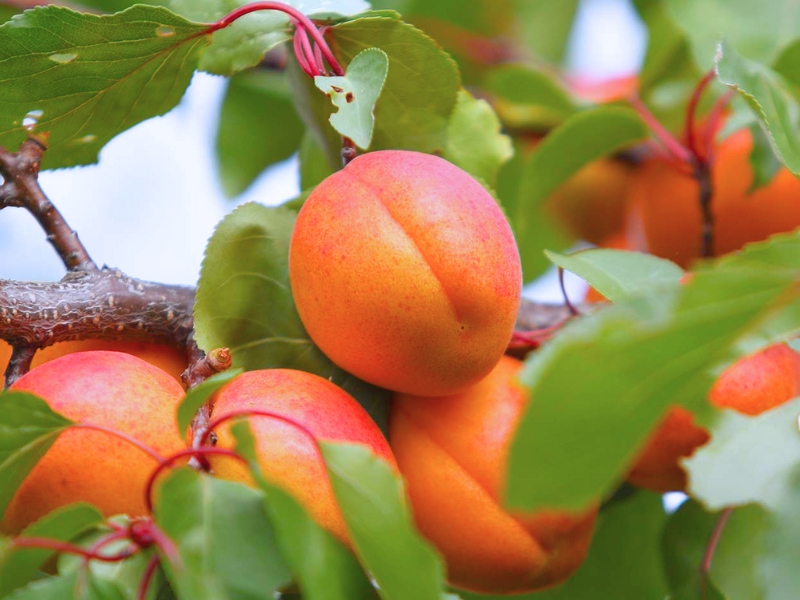
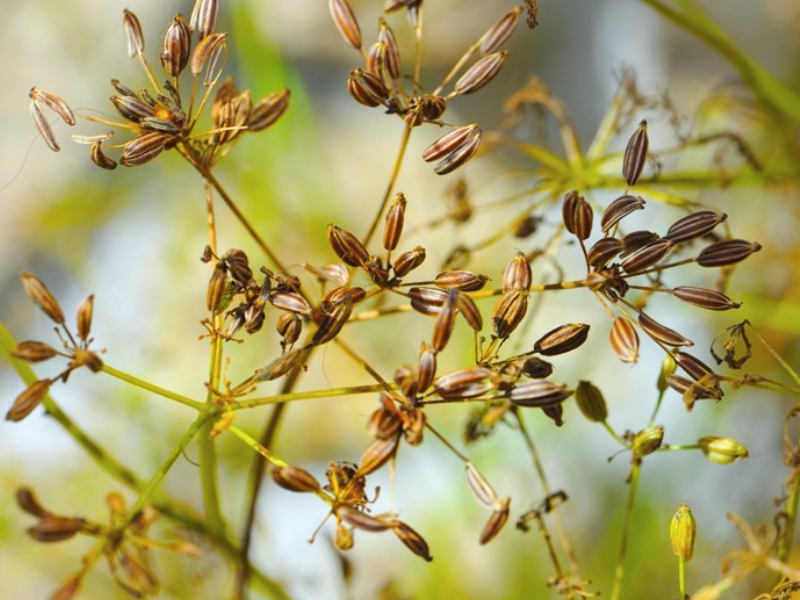
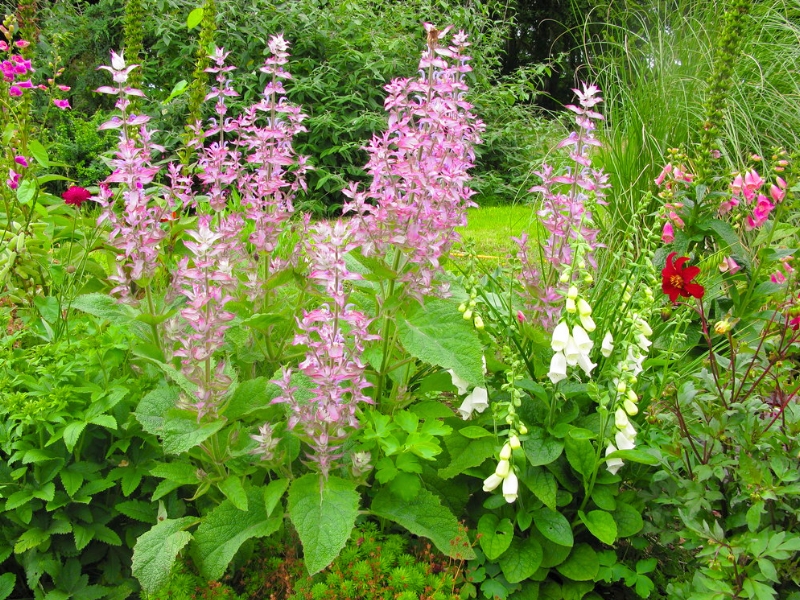
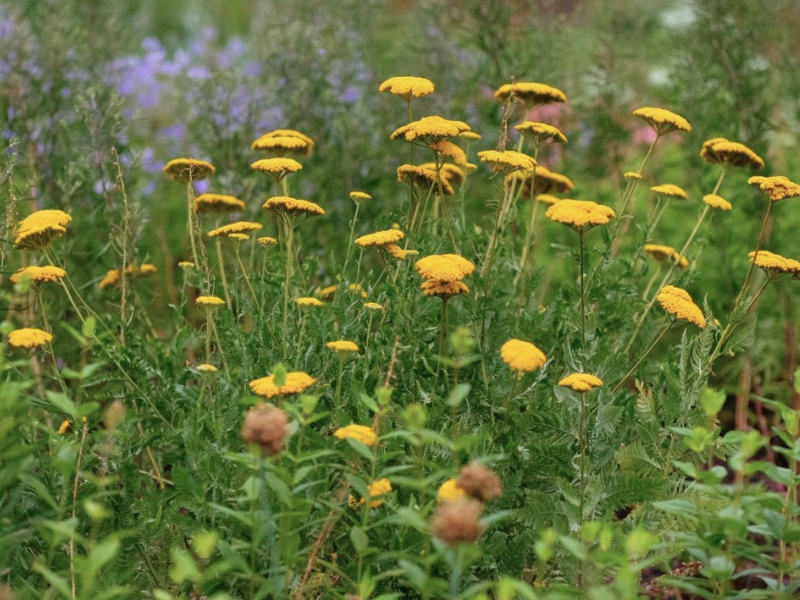
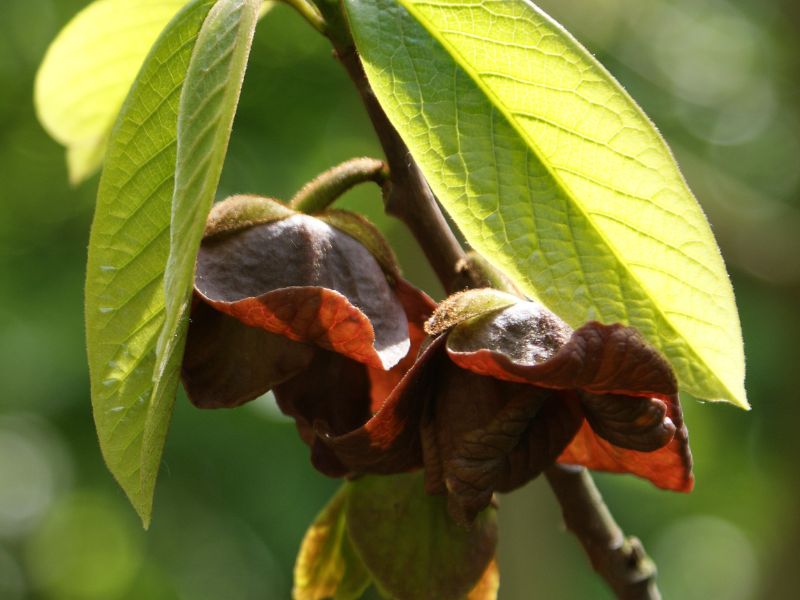
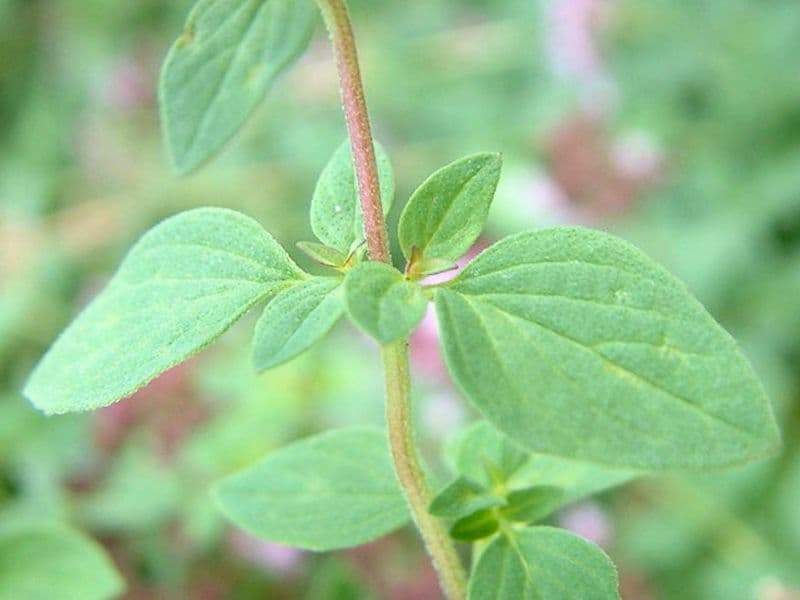
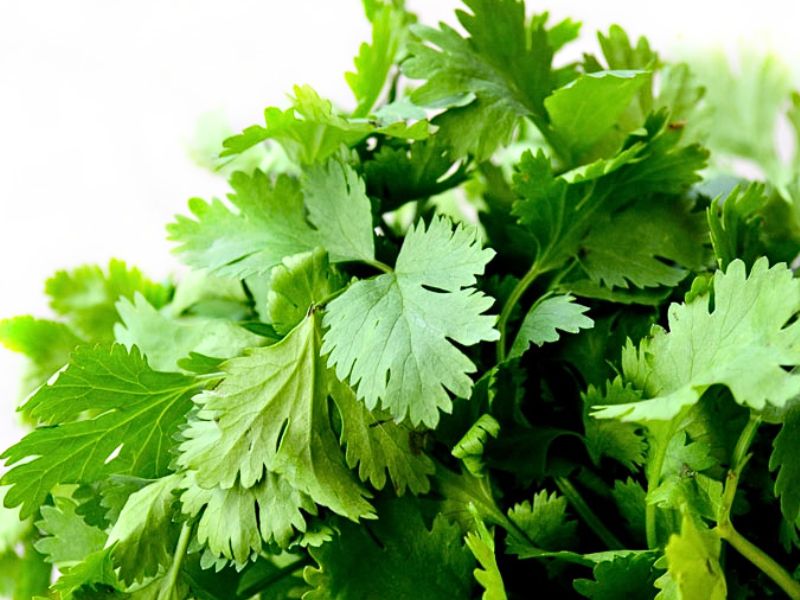
Leave a Reply